English language
Introduction
The English language is a West Germanic language that originated from Anglo-Frisian dialects brought to Britain in the mid 5th to 7th centuries AD by Anglo-Saxon settlers. With the end of Roman rule in 410 AD, Latin ceased to be a major influence on the Celtic languages spoken by the majority of the population1(https://www.britannica.com/topic/English-language). The Anglo-Saxons, a collection of various Germanic peoples, introduced a language that was a mixture of the Germanic tongues spoken by the Jutes, Angles, and Saxons2(https://www.etymonline.com/word/English).
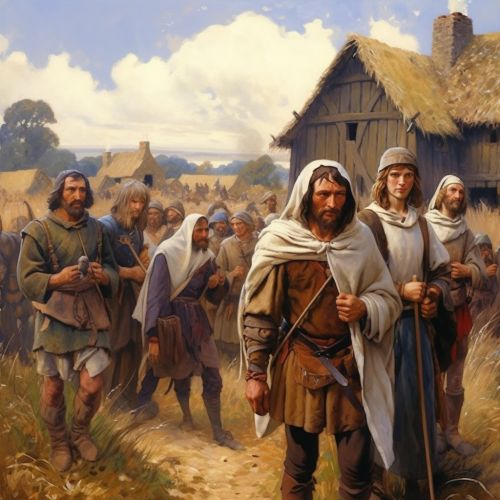

Historical Development
The English language has undergone significant changes and developments over the centuries. It is usually classified into three main periods: Old English (or Anglo-Saxon), Middle English, and Modern English. Each of these periods is characterized by specific linguistic features and cultural influences.
Old English
Old English, also known as Anglo-Saxon, was the earliest form of the English language. It was spoken in England and parts of Scotland from the 5th to the 12th century and was a diverse group of dialects reflecting the varied origins of the Anglo-Saxon Kingdoms of England3(https://www.britannica.com/topic/Old-English-language). During this period, the language was heavily influenced by the Old Norse due to Viking invasions and settlements.
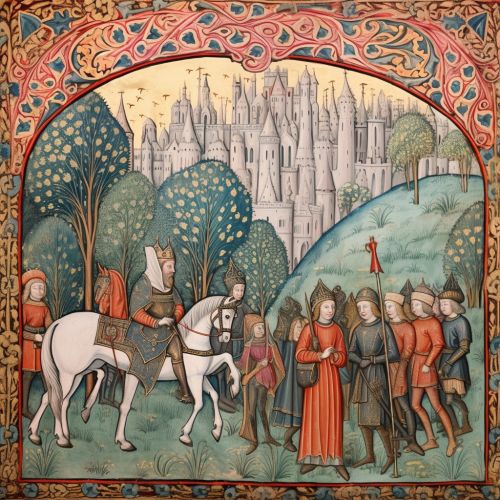

Middle English
The Norman Conquest in 1066 marked the beginning of the Middle English period (12th to 15th century). The Normans brought with them Norman, a language closely related to French, which became the language of the English court, the law, the Church, and the arts. The influence of Norman was substantial, providing over 10,000 words into English, a large portion of which are still in use today4(https://www.britannica.com/topic/Middle-English-language).

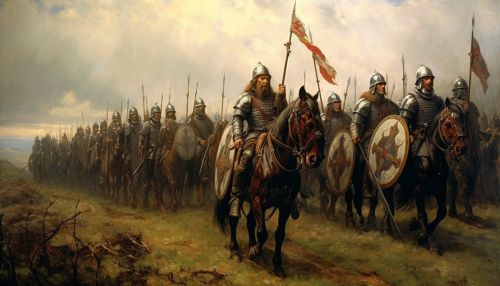
Modern English
Modern English, the language as spoken today, dates from the late 15th century, and it is characterized by the Great Vowel Shift, a major change in pronunciation that affected vowels. This period also saw the standardization of English spelling, largely due to the introduction of the printing press to England in the late 15th century by William Caxton5(https://www.britannica.com/topic/Modern-English).
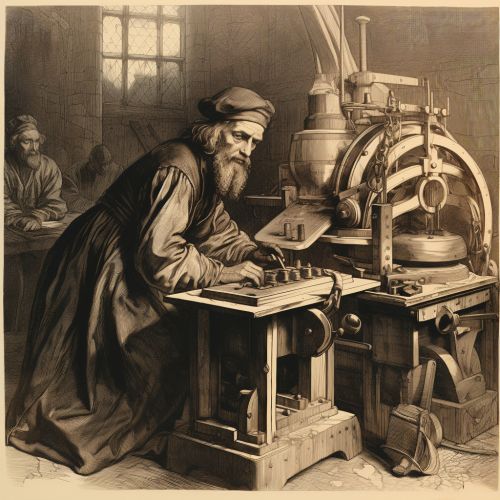

English Today
Today, English is the third most spoken native language in the world, after Mandarin Chinese and Spanish. It is widely learned as a second language and is an official language of many world organizations, including the United Nations and the European Union. It is also the language of science, aviation, computers, diplomacy, and tourism6(https://www.ethnologue.com/guides/how-many-languages).
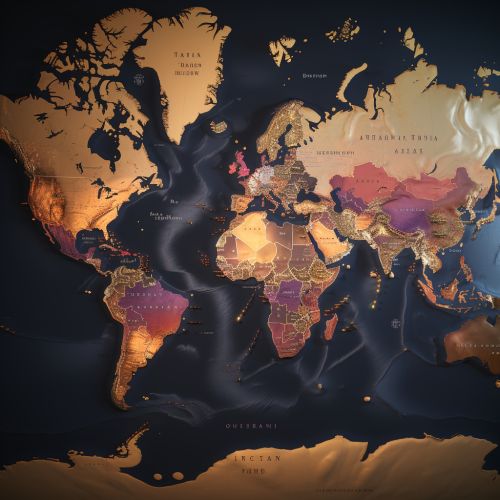

Dialects and Varieties
English has a vast number of dialects and varieties, each with its own distinctive features of vocabulary, grammar, and pronunciation. Some of the most well-known varieties include British English, American English, Australian English, and Canadian English. Each of these has numerous regional dialects, such as Cockney (London), Scouse (Liverpool), and Southern American English7(https://www.britannica.com/topic/dialect).
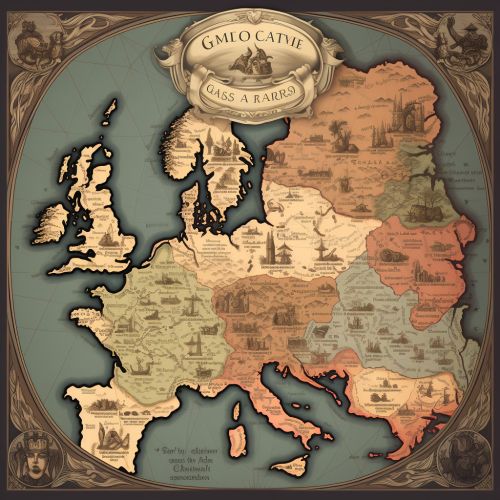

Grammar
English grammar has evolved over centuries and is the result of a complex history of invasions, colonization, and trade. It is based on a combination of old Germanic structures combined with Latin and French influences. English grammar is characterized by its relatively flexible structure compared to other languages, with word order playing a crucial role in the meaning of sentences8(https://www.britannica.com/topic/English-language/Grammar).

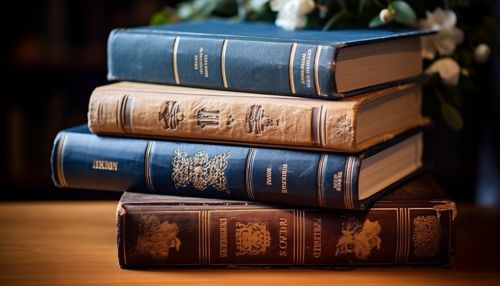
Phonology
The phonology of English varies widely from one region to another, usually without interfering with mutual communication. English vowel sounds can be particularly challenging for non-native speakers to master, and spelling and pronunciation often do not match, which can lead to common errors in pronunciation9(https://www.cambridge.org/core/journals/english-language-and-linguistics/article/abs/english-phonology-and-linguistic-theory-an-introduction-to-issues-and-to-english-phonology/3B5A8A3C8B6572F0F8B8D6F9A79A9F9F).


Writing System
The English language uses the Latin script, which is the most widely adopted writing system in the world. Modern English alphabet is a Latin alphabet consisting of 26 letters. Each letter has a lower and upper case form. The letters of the English alphabet are used to represent sounds in written language10(https://www.britannica.com/topic/Latin-alphabet).
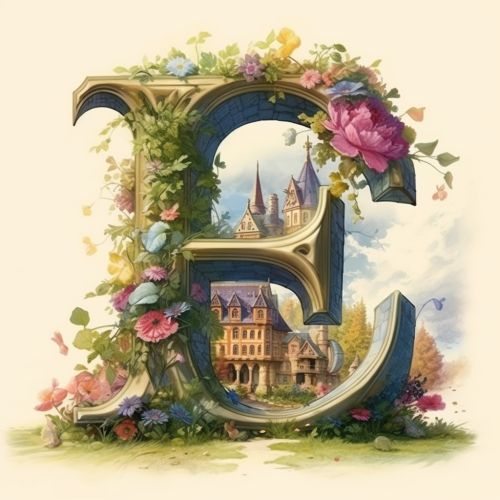

See Also
- History of the English language
- English phonology
- English grammar
- English orthography
- List of dialects of the English language
- List of English words of French origin
References
1. [1] 2. [2] 3. [3] 4. [4] 5. [5] 6. [6] 7. [7] 8. [8] 9. [9] 10. [10]
